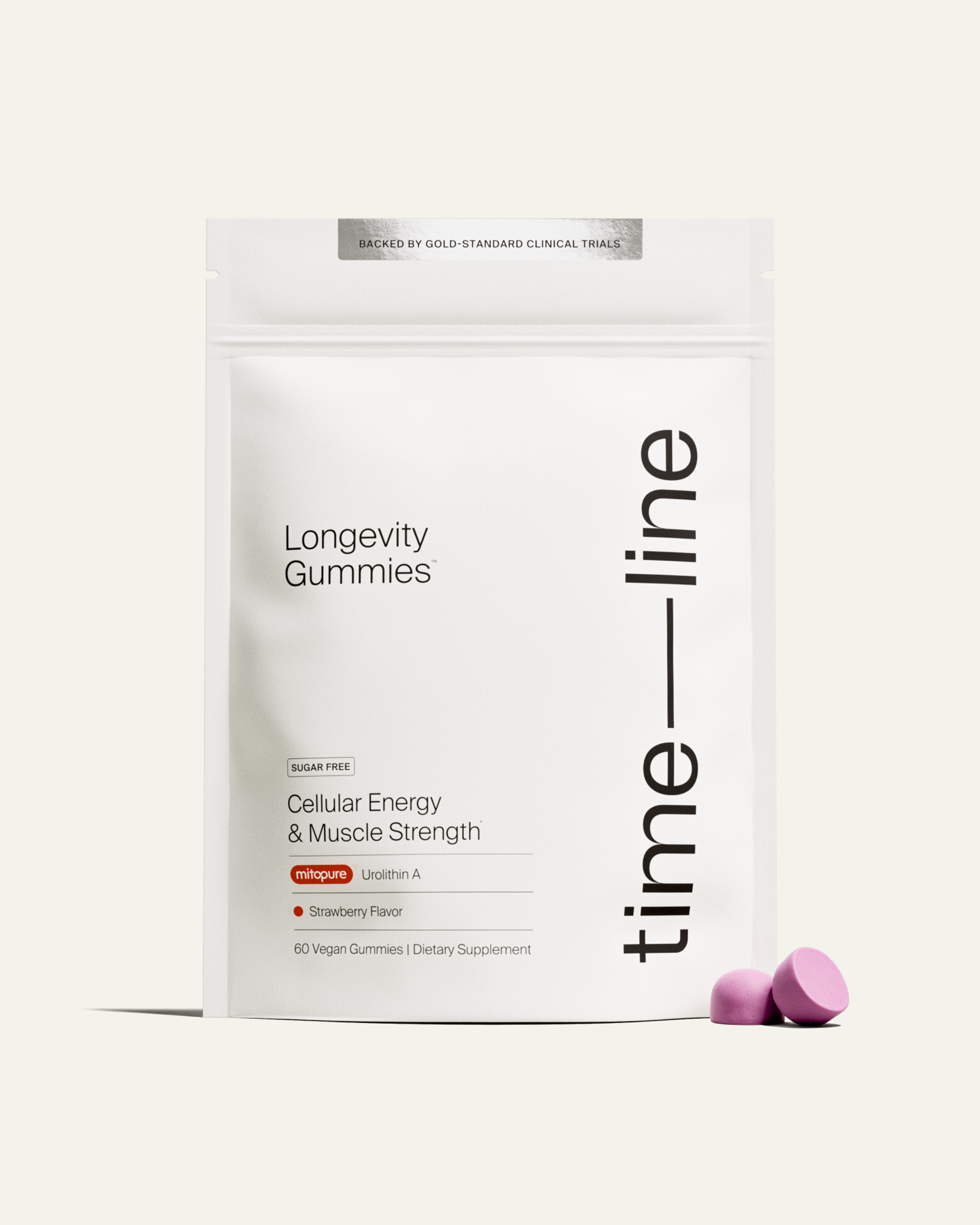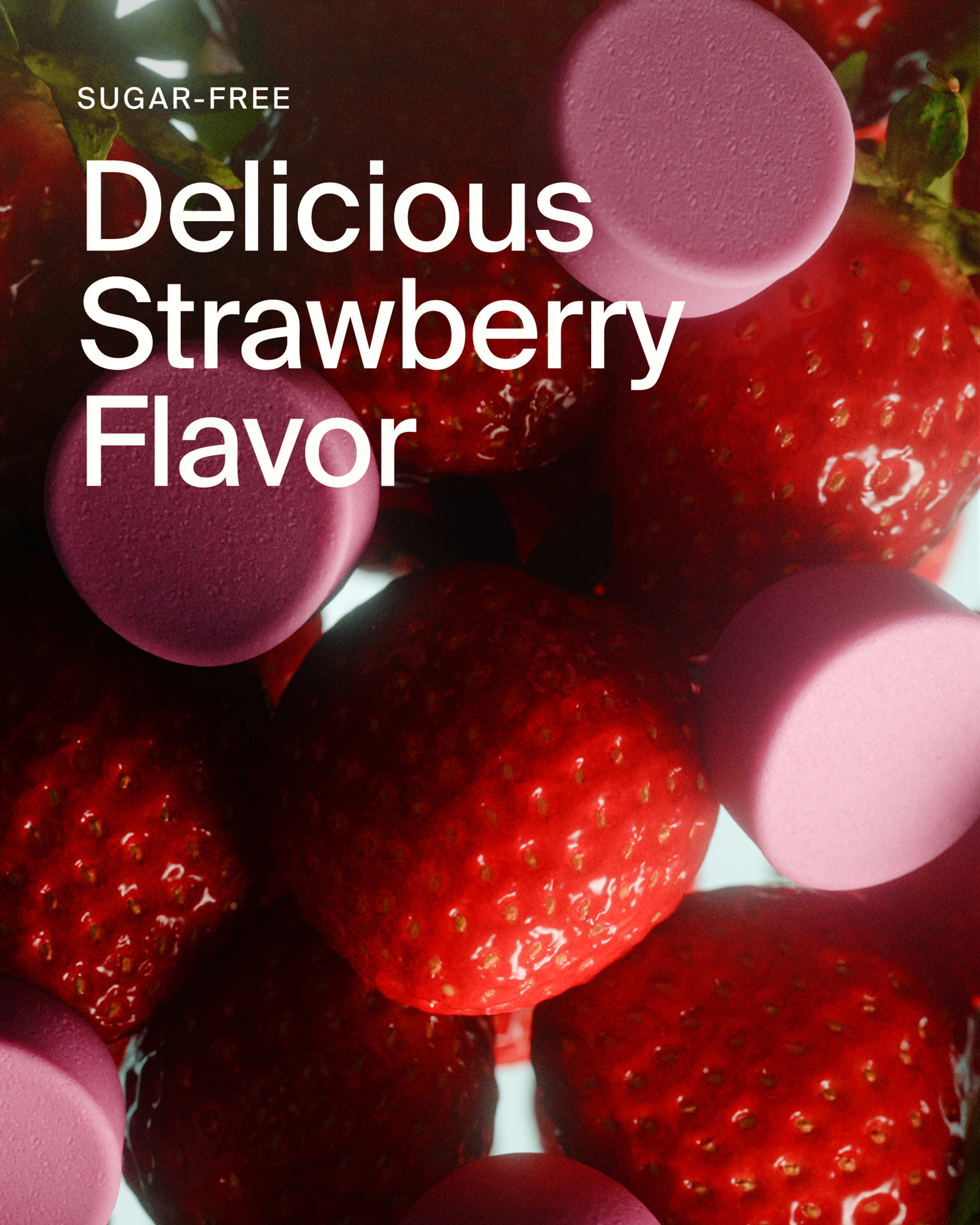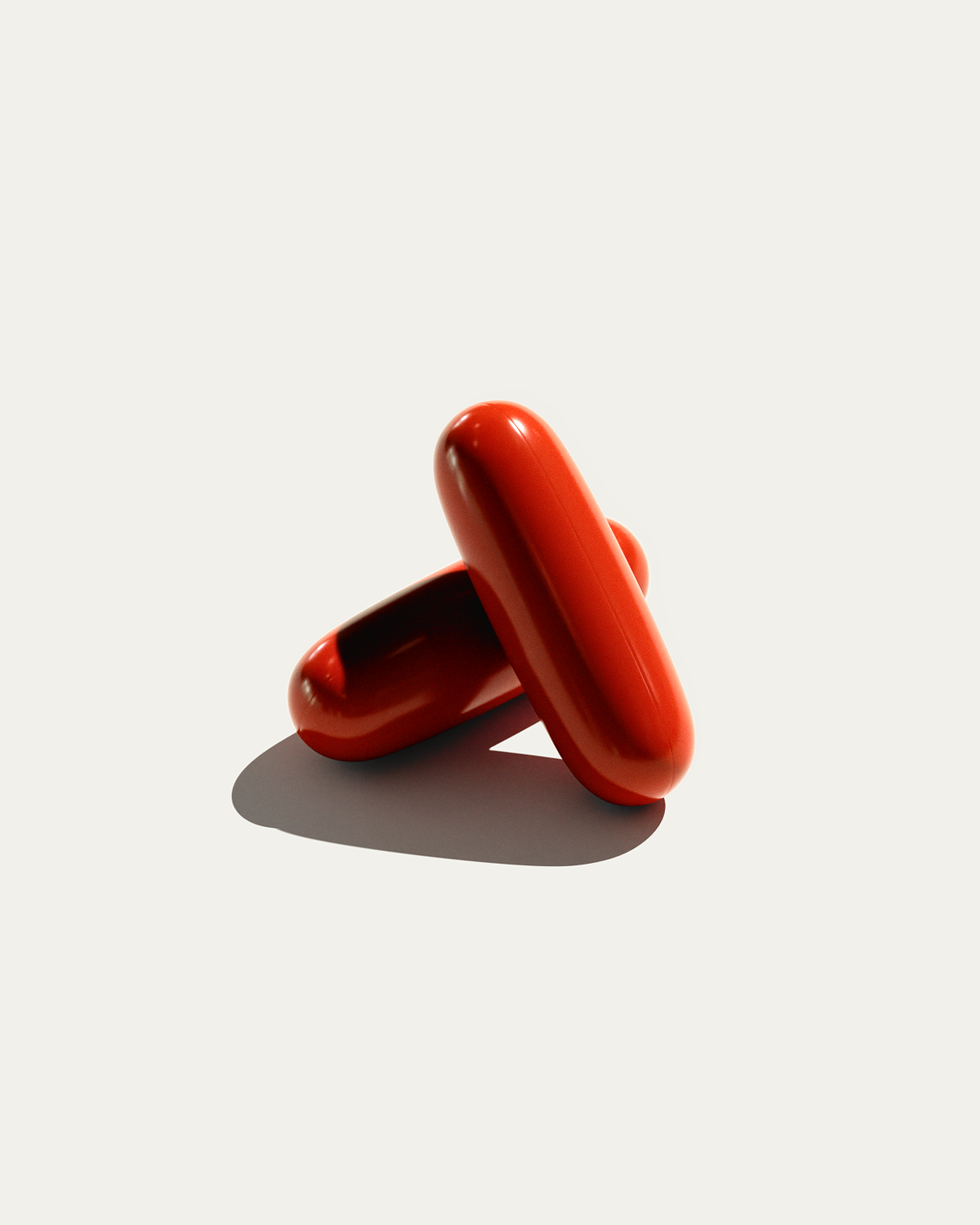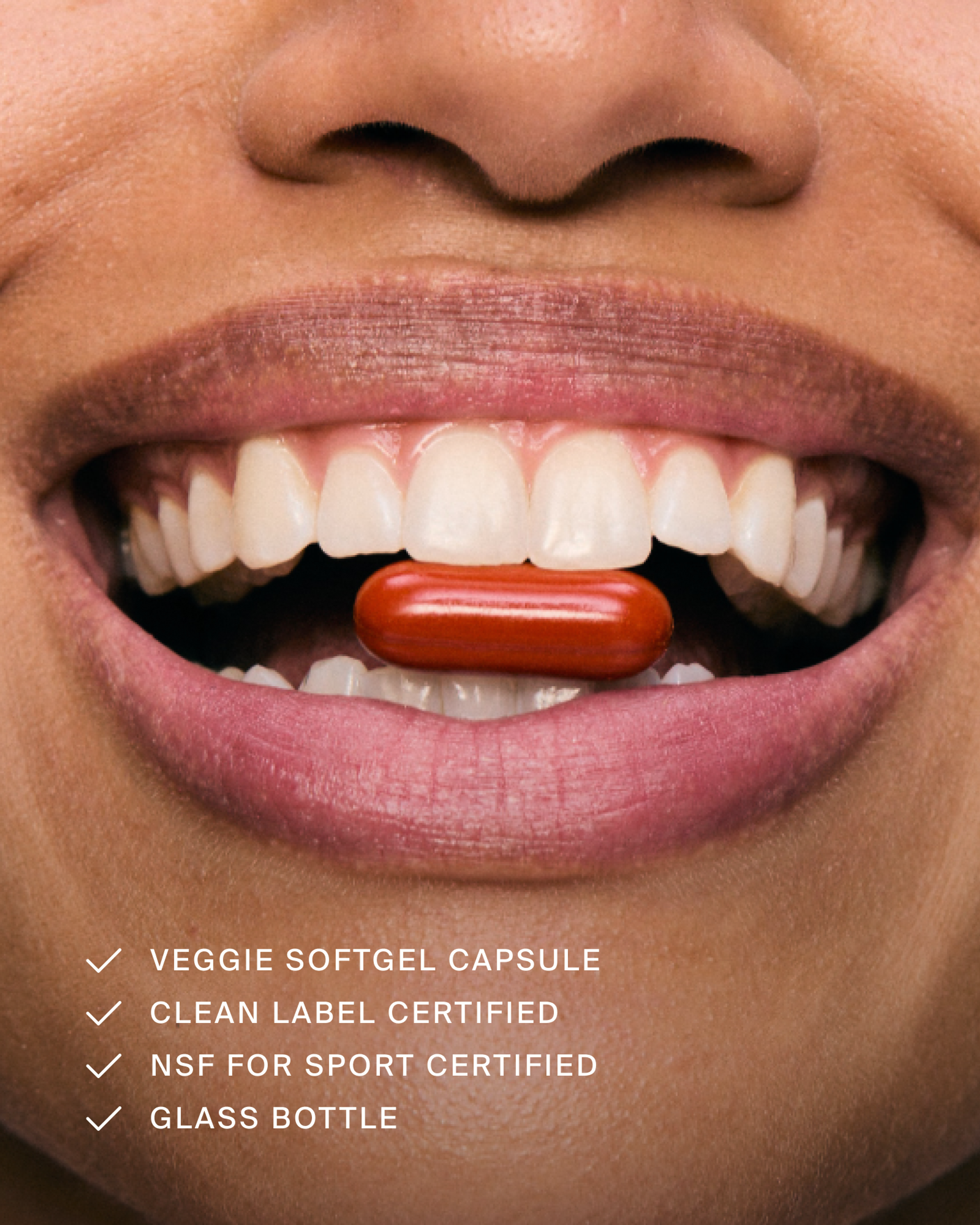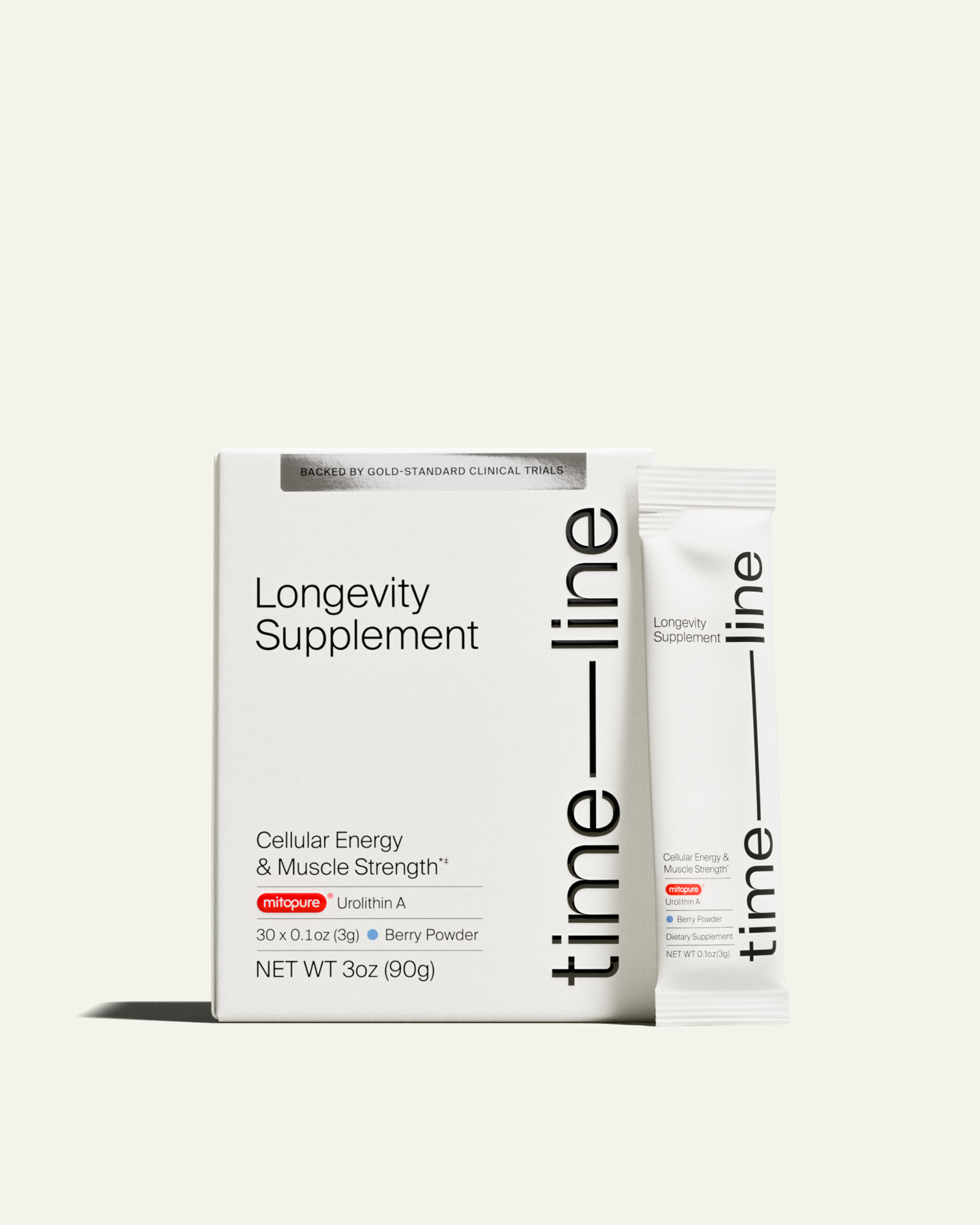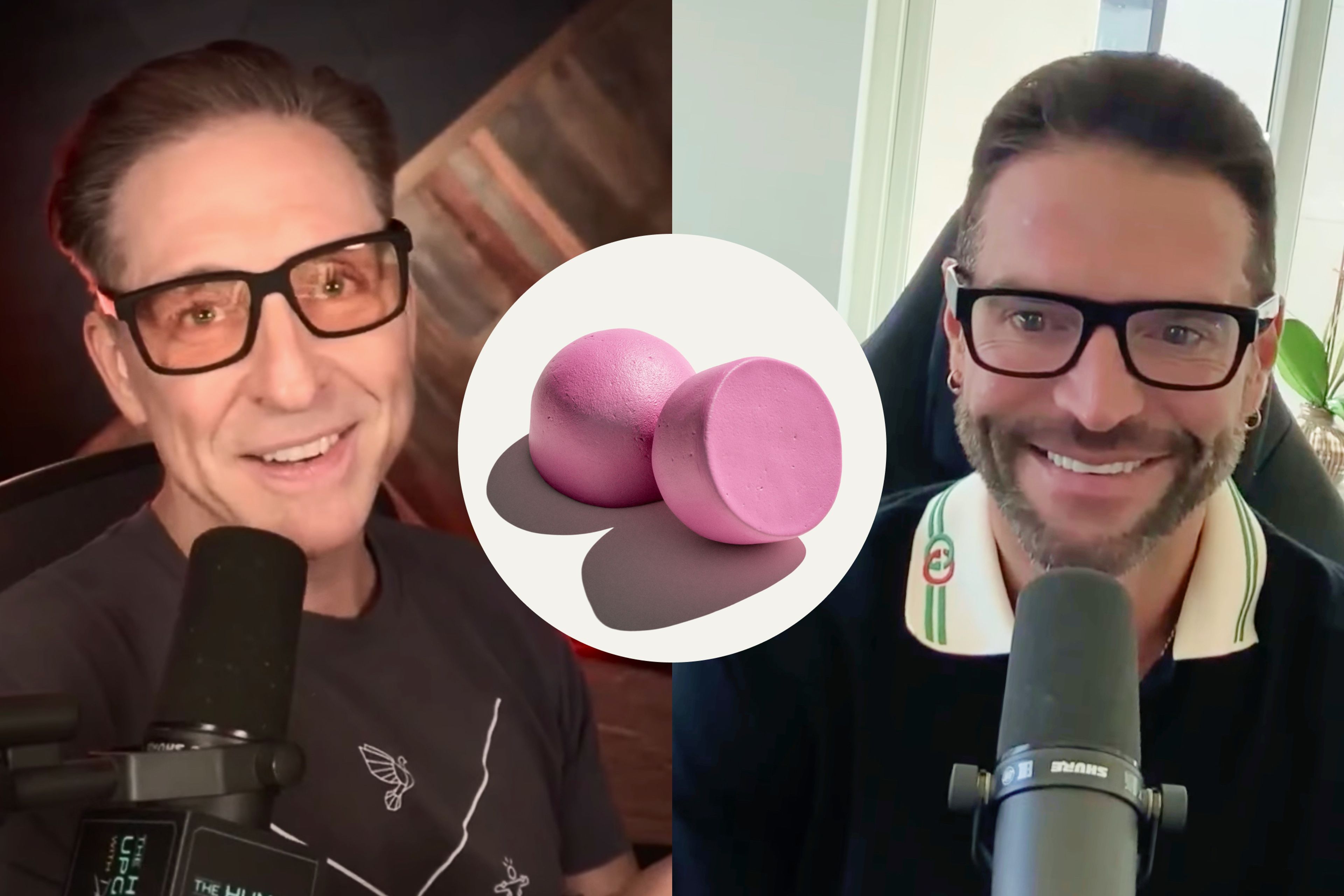Should You Exfoliate in the Winter?
Learn how to exfoliate wisely in winter. Support skin renewal, barrier strength, and lasting hydration without over-drying or irritation.

What to know
Winter slows natural cell turnover, making gentle exfoliation key to maintaining skin renewal and radiance.
Over-exfoliating dry winter skin can damage the barrier, causing redness, tightness, and dehydration.
Chemical and enzyme exfoliants are gentler and more effective than physical scrubs in cold, low-humidity conditions.
Proper turnover is essential. If new cells aren’t ready to surface, exfoliation can worsen sensitivity and dryness.
Timeline’s Mito-Biotic Exfoliator combines gentle acids with Mitopure® to renew, energize, and protect winter-stressed skin.
When the seasons change, so does your skin’s biology. Winter’s low humidity and biting air slow everything down from cell turnover to sebum production. This can leave your skin looking dull, dry, and fatigued.
It can be tempting to pile on heavier creams and skip exfoliation altogether. But that instinct might be exactly what’s holding your glow back.
Here’s how to support healthy cell renewal during the colder months without stripping your skin’s barrier.

What Happens to Skin in Winter
Cold air outside, central heating inside: both pull moisture from the skin. This combination doesn’t just cause surface dryness, it affects the way your skin renews itself.
At the cellular level, colder temperatures and reduced humidity slow enzymatic activity that drives the skin’s natural exfoliation process. As cell turnover lags, old cells accumulate on the surface, giving skin a rough, dull appearance.
Meanwhile, the fats that protect your skin barrier become more fragile, and water loss increases. The result is a cycle of dehydration and sluggish renewal that makes even your most hydrating products less effective[1]. Read more about curating a winter skincare regimen.
Signs of Over-Exfoliated Skin in Winter
Even with the best intentions, it’s easy to overdo exfoliation. The signs of over-exfoliation are subtle at first, but they can snowball quickly in the dry winter air:
- Persistent tightness or stinging after cleansing
- Flaking and redness around the nose or cheeks
- Breakouts or irritation that mimic acne
These symptoms point to a disrupted skin barrier.
Why Exfoliating Can Be Harsh on Winter Skin
When skin is already compromised by cold air and low humidity, aggressive exfoliation can strip away essential fats and proteins that hold moisture in place. This leaves skin vulnerable to water loss, sensitivity, and inflammation.[2]
In other words, over-exfoliating when your barrier is weakened only accelerates the dehydration cycle you’re trying to fix.
Why Gentle Exfoliation Still Matters
Skipping exfoliation entirely might sound safe, but it can actually make dryness worse. Dead cells that linger on the surface prevent moisturizers and serums from penetrating effectively.
Gentle exfoliation, by contrast, helps skin absorb nutrients more efficiently, boosts microcirculation, and supports a healthier turnover rhythm.[3]

Different Types of Exfoliation
Not all exfoliation is created equal. While the goal is to remove buildup and stimulate skin renewal, some methods can do more harm than good.
Mechanical Exfoliation
Physical scrubs with granules work to mechanically slough away dead skin cells. In dry winter conditions, that friction can cause micro-tears and worsen inflammation, especially if your skin barrier is already compromised.[4]
Chemical Exfoliation
Chemical exfoliation, on the other hand, uses acids or enzymes to dissolve the bonds between dead cells.
This can be a more targeted and gentle exfoliation technique. Instead of scrubbing, you’re signaling the skin to let go, encouraging renewal rather than forcing it.[5]
That’s why dermatologists and skin biologists increasingly favor chemical or enzyme-based exfoliants for maintaining resilience and smoothness.

What Ingredients Should I Look For?
Opt for gentle acids (like lactic, mandelic, or polyhydroxy acids) or natural fruit enzymes. These ingredients break down dead cells without friction or irritation, promoting a smoother, more even texture.
Skip strong astringents and avoid harsh ingredients, which can sensitize the skin. Instead, look for ingredients that buffer exfoliation, like glycerin. These humectants help maintain hydration while the exfoliating actives do their job.[6]
How to Exfoliate in Winter
Most skin types benefit from exfoliating one to two times per week in winter. Those with oily or combination skin can handle slightly more frequent use, while dry or sensitive types should scale back to once weekly or even every ten days.
Time It Right: What Is the Best Time to Exfoliate Skin?
Evening is ideal. Overnight, your skin’s natural repair mechanisms are at their peak, so exfoliating before bed can enhance renewal. Follow with a nourishing moisturizer or recovery cream to seal in hydration.
Is It Best to Exfoliate Before or After Shaving?
Always exfoliate before shaving. This clears away dead skin cells and minimizes the risk of ingrown hairs or razor bumps, ensuring a smoother glide and less irritation.[7]
The Importance of Skin Turnover for Exfoliation
Exfoliation only works if the skin beneath is ready to be front and center. The process depends on a healthy, functioning skin cycle.
When that renewal rhythm slows, which often happens in winter or with age, exfoliating aggressively can do more harm than good. Instead of revealing fresh, resilient cells, you may be exposing immature ones that aren’t yet equipped to protect the skin barrier. This can lead to increased sensitivity, redness, and dehydration.
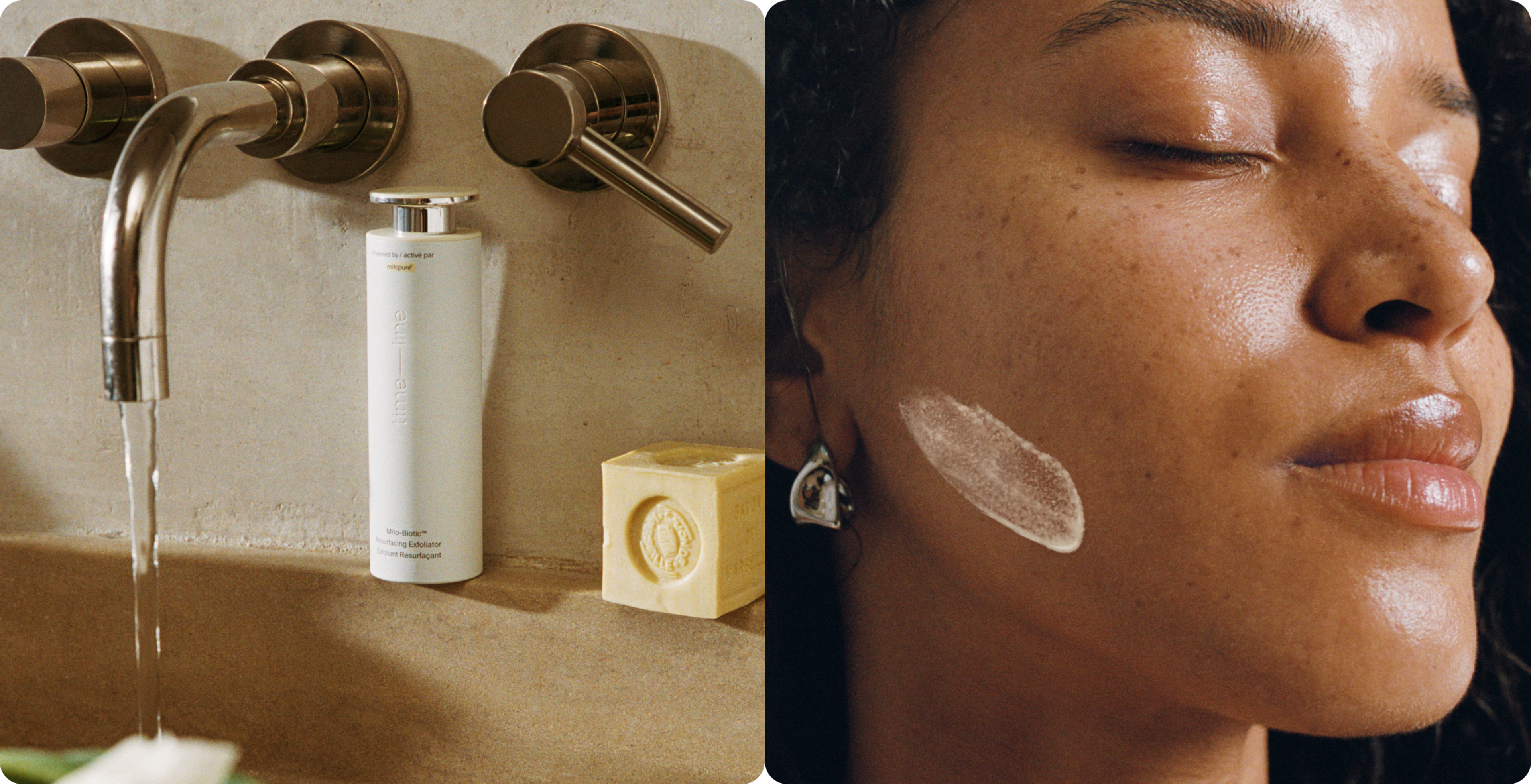
Mito-Biotic™ Resurfacing Exfoliator
Enter the Timeline Mito-Biotic™ Resurfacing Exfoliator, powered by Mitopure, the first clinically-validated form of Urolithin A. This breakthrough molecule is scientifically proven to boost mitochondrial renewal, the process that powers energy production in your cells, including those in your skin.[8]
When paired with gentle exfoliating actives, this creates a dual-action renewal system.
- Energized renewal: Gently resurfaces (without irritation) to visibly improve skin texture
- Barrier-friendly exfoliation: Uses clinically trialed acids like mandelic and lactic acid to gently lift away dull surface cells without triggering dryness or inflammation.
- Instantly resurfaces: Improves skin texture without irritation while hydrating and calming your skin.
- Visible results: Helps unclog and tighten pores while plumping the skin to impart a healthy, radiant glow.
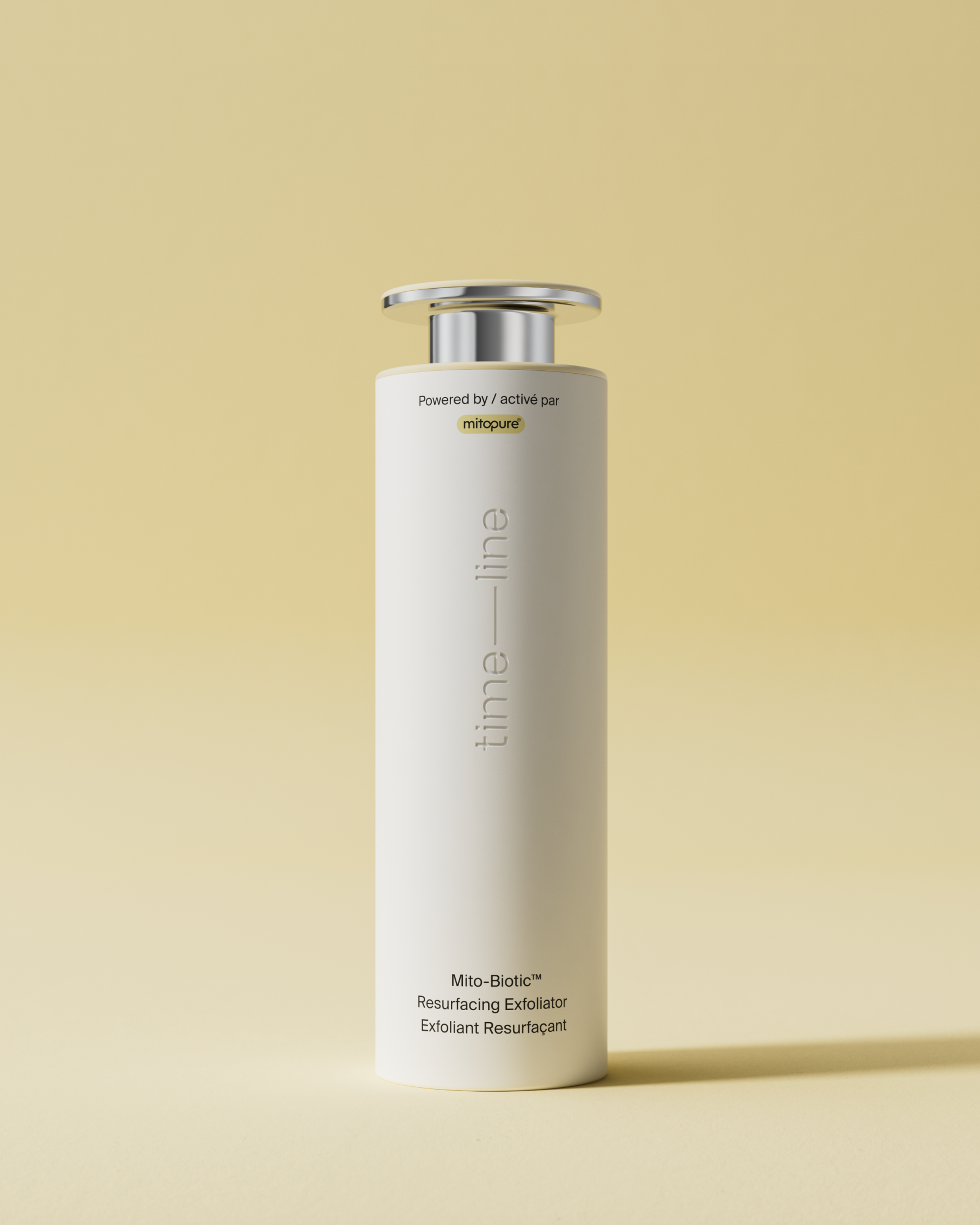
Mito-Biotic™ Resurfacing Exfoliator
4.8 · 1668 reviews
Velvety, multi-acid exfoliator for instant glow
Closing Remarks
Winter exfoliation is more nuanced than scrubbing harder. By selecting formulas that energize the skin at the cellular level while maintaining barrier integrity, you can reveal a smoother, more radiant complexion all season long.
Authors

Written by
Freelance writer

Reviewed by
Director Science Communications
References
- ↑
Engebretsen, K. A., Johansen, J. D., Kezic, S., Linneberg, A., & Thyssen, J. P. (2016). The effect of environmental humidity and temperature on skin barrier function and dermatitis. Journal of the European Academy of Dermatology and Venereology : JEADV, 30(2), 223–249. https://doi.org/10.1111/jdv.13301 (https://www.google.com/url?q=https://doi.org/10.1111/jdv.13301&sa=D&source=docs&ust=1764083471520967&usg=AOvVaw1RtiZ48MNk-nGqMalBYjP1)
- ↑
Konisky, H., Bowe, W. P., Yang, P., & Kobets, K. (2024). The clinical efficacy and tolerability of a novel triple acid exfoliating blend for reducing signs of photoaging in sensitive skin. Journal of cosmetic dermatology, 23(9), 2982–2988. https://doi.org/10.1111/jocd.16373 (https://www.google.com/url?q=https://doi.org/10.1111/jocd.16373&sa=D&source=docs&ust=1764083471527207&usg=AOvVaw1HFldXLZbrTfb4sQXQThUh)
- ↑
Jeon, H., Park, N., Won, J. G., Shin, Y. W., Choi, J., Park, S. W., & Son, N. S. (2024). Enhancement of Exfoliating Effects through the Novel Cosmetic Ingredient Mandelic acid_Carnitine Ion-Pairing Complex. Skin research and technology : official journal of International Society for Bioengineering and the Skin (ISBS) [and] International Society for Digital Imaging of Skin (ISDIS) [and] International Society for Skin Imaging (ISSI), 30(6), e13788. https://doi.org/10.1111/srt.13788 (https://www.google.com/url?q=https://doi.org/10.1111/srt.13788&sa=D&source=docs&ust=1764083471529511&usg=AOvVaw2mUBglqN_LtYl0gwW7e2Ho)
- ↑
Rodan, K., Fields, K., Majewski, G., & Falla, T. (2016). Skincare Bootcamp: The Evolving Role of Skincare. Plastic and reconstructive surgery. Global open, 4(12 Suppl Anatomy and Safety in Cosmetic Medicine: Cosmetic Bootcamp), e1152. https://doi.org/10.1097/GOX.0000000000001152 (https://www.google.com/url?q=https://doi.org/10.1097/GOX.0000000000001152&sa=D&source=docs&ust=1764083471530933&usg=AOvVaw00mFZIaSSH0mO5uHa2neXr)
- ↑
Rodan, K., Fields, K., Majewski, G., & Falla, T. (2016). Skincare Bootcamp: The Evolving Role of Skincare. Plastic and reconstructive surgery. Global open, 4(12 Suppl Anatomy and Safety in Cosmetic Medicine: Cosmetic Bootcamp), e1152. https://doi.org/10.1097/GOX.0000000000001152 (https://www.google.com/url?q=https://doi.org/10.1097/GOX.0000000000001152&sa=D&source=docs&ust=1764083471532396&usg=AOvVaw0p6E29I4355VU9IjrZbD-_)
- ↑
Harwood A, Nassereddin A, Krishnamurthy K. Moisturizers. [Updated 2024 Feb 12]. In: StatPearls [Internet]. Treasure Island (FL): StatPearls Publishing; 2025 Jan-. Available from: https://www.ncbi.nlm.nih.gov/books/NBK545171/ (https://www.google.com/url?q=https://www.ncbi.nlm.nih.gov/books/NBK545171/&sa=D&source=docs&ust=1764083471533457&usg=AOvVaw1pYVep8EIvEl9vvJx1Th9L)
- ↑
Ogunbiyi A. (2019). Pseudofolliculitis barbae; current treatment options. Clinical, cosmetic and investigational dermatology, 12, 241–247. https://doi.org/10.2147/CCID.S149250 (https://www.google.com/url?q=https://doi.org/10.2147/CCID.S149250&sa=D&source=docs&ust=1764083471535489&usg=AOvVaw0PtQWeibkYd4-iAplENo67)
- ↑
Andreux, P. A., Blanco-Bose, W., Ryu, D., Burdet, F., Ibberson, M., Aebischer, P., Auwerx, J., Singh, A., & Rinsch, C. (2019). The mitophagy activator urolithin A is safe and induces a molecular signature of improved mitochondrial and cellular health in humans. Nature metabolism, 1(6), 595–603. https://doi.org/10.1038/s42255-019-0073-4 (https://www.google.com/url?q=https://doi.org/10.1038/s42255-019-0073-4&sa=D&source=docs&ust=1764083471538240&usg=AOvVaw3GsGMGlChN6AUd5LGbQDRS)
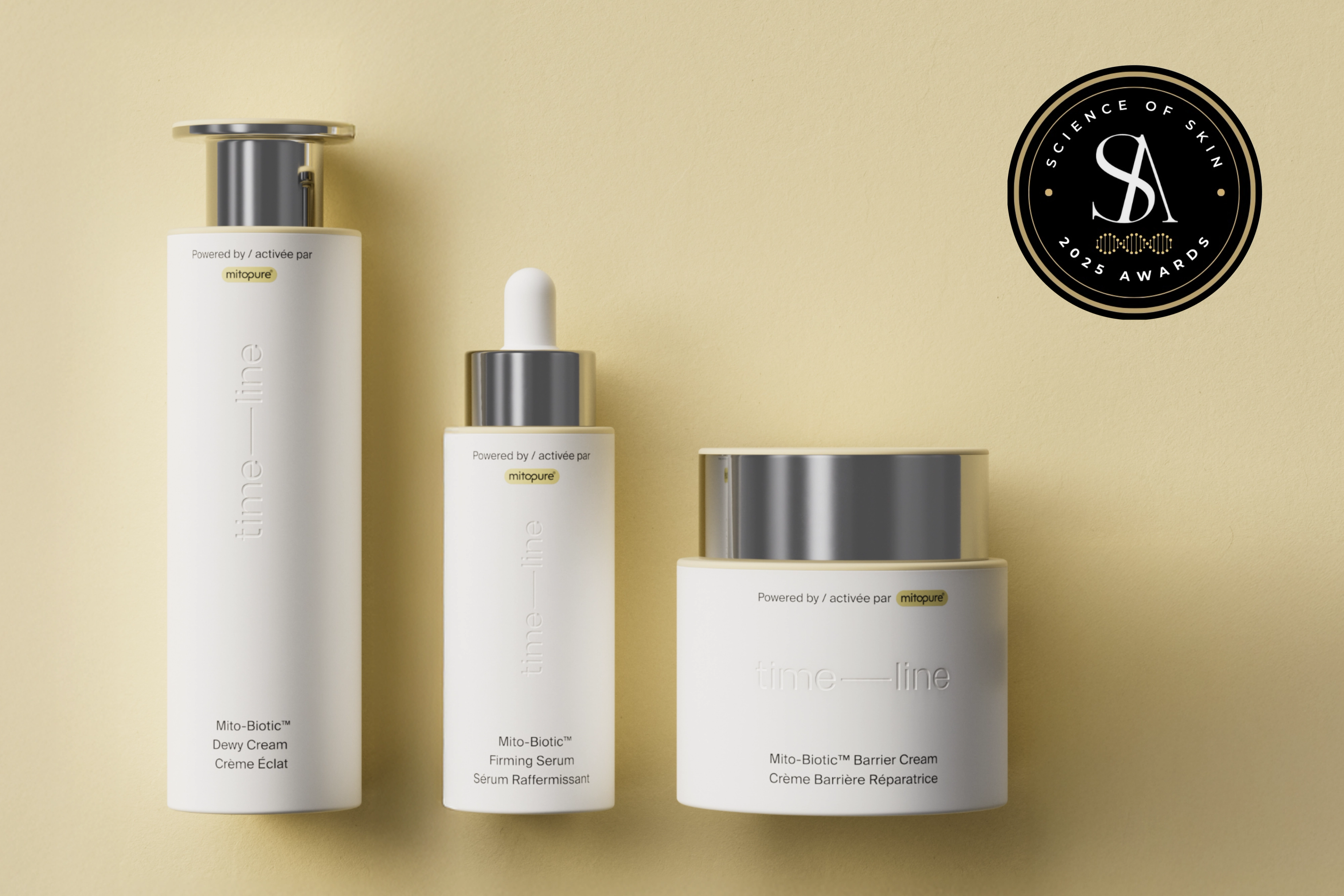
Video

·
Nutrition·
Skincare·
